Macrobiotic cuisine is not particularly known as a concept. Teachings of macrobiotics began in ancient times. Later, in 1950, the discipline was transferred to Europe by scientist George Osawa.
Actually the macrobiotics way of life, is precisely about healthy living. This includes not only food, there it is a philosophy of living in an environmentally friendly way. Macrobiotic cuisine to some extent resembles vegetarianism, but differs from it. After the 50s of the 20th century, this type of food is becoming more popular and gaining momentum.
The philosophy is that every food we eat determines the tone and our happiness and our health. According to the understanding of macrobiotic food - the less we have cooked the food we eat, the healthier you eat. That’s no to detract from cooking.
This type of diet relies on balanced cuisine and traditional ways of cooking. You are not required to eat certain foods that are characteristic of a geographic area - on a macrobiotic diet, you can eat those foods that you consider necessary to supply you with the necessary power and health.

What we emphasize in macrobiotics are whole grains, vegetables, fruits and soy products. Whole grains may be appropriate for the area, which further facilitates this type of diet. The most consumed macrobiotic dishes arebrown rice, wheat, oats, beans products, vegetables, many fruits, herbal teas, spices that are not hot, nuts, seeds and drinks that have an uplifting effect.
There are several types of vegetables that are not recommended, especially eggplants, peppers and tomatoes, but can be consumed without mixing with other products. Of these the most vital should be eating brown rice, bean plants, seaweed soup and miso. Macrobiotic diets, although many see it as vegetarianism allows eating meat, most highly recommending the eating of fish.
Japanese miso is a soup, which is prepared from soybeans. Macrobiotic cuisine allows fish snacks. The amount of food depends on several factors following – season, occupation, gender, age, health and climate. Most foods are steamed, blanched out, baked in the oven or boiled. Macrobiotic food may be fried.

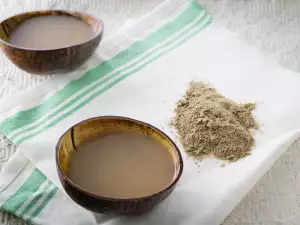




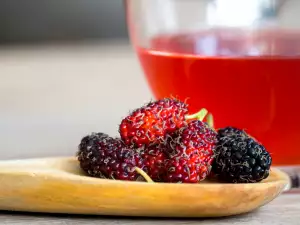
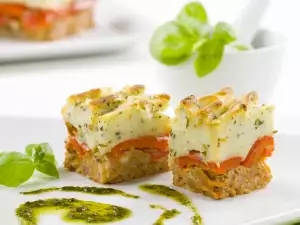
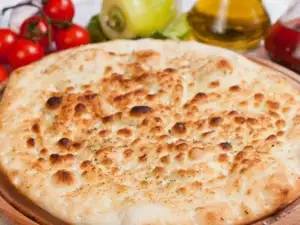
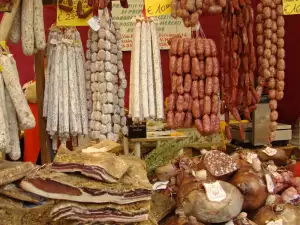
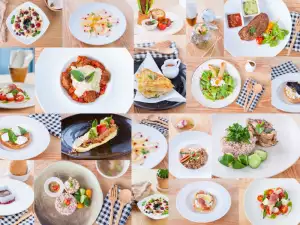
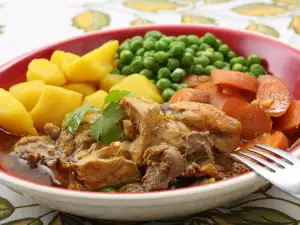
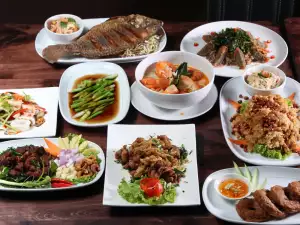
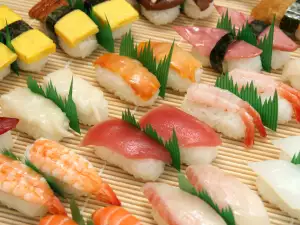
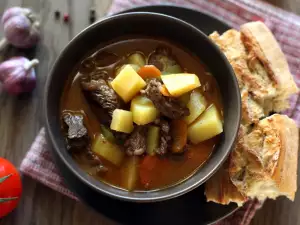
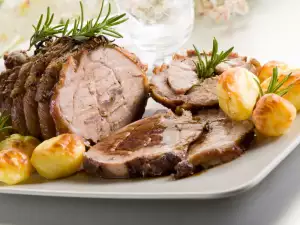
Comments